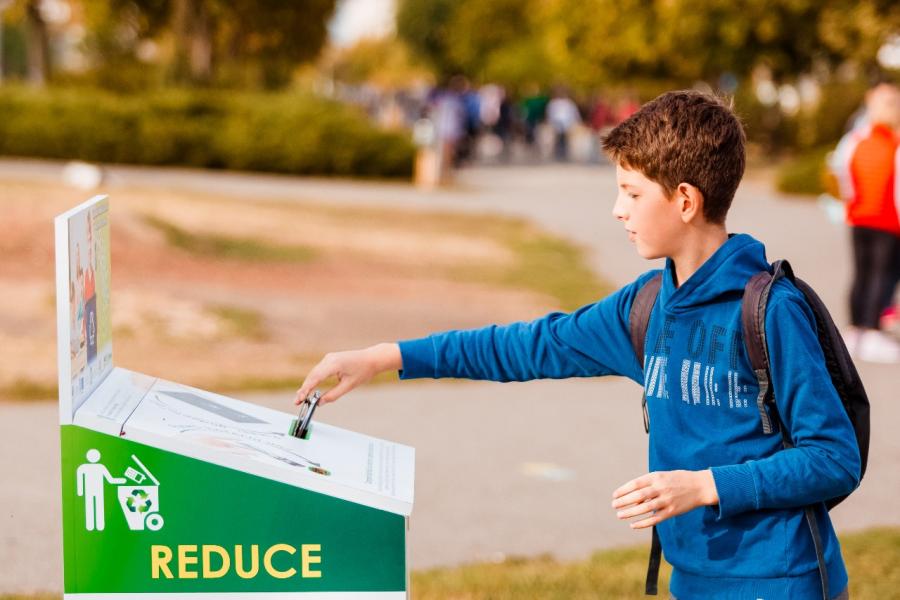Only four out of ten Chisinau residents know how to properly dispose of e-waste
18 June 2020
37% of the inhabitants of Chisinau change their mobile phone every two years, and every second person – every five years. 8 out of 10 Chisinau residents are aware of the negative health and environmental effects of incorrect disposal of electrical and electronic waste (e-waste). However, 56% of inhabitants either keep these devices in the household for the long term or throw them away with other waste.

These are some conclusions of the Study on the generation and management of e-waste in the Chisinau, developed by the Association for Waste Recovery, with the support of the Global Environment Facility’s (GEF) Small Grants Programme, implemented by UNDP Moldova. The research is part of the project "Clean City with Recycled E-Waste - Recycle today for your health tomorrow", carried out in partnership with the MoldRec Association.
The study was commissioned by the Association for Waste Recovery, on a sample of 500 individuals and 300 legal entities from Chisinau, using the CATI method (computer-assisted telephone interviews), which allows the collection of information in quantitative research conducted by telephone, based on clearly structured questionnaires. The data were collected in December 2019 by Xplane. The maximum margin of error is ± 4.4%.
"This study is a first for Moldova, providing an overview of the determinants of the consumer's behavior of electrical and electronic equipment, the level of awareness of the health hazard, the decisions taken regarding the fate of an e-waste generated, including the identification and justification of current incentives aimed at increasing e-waste collection rates," says Aurelia Bahnaru, president of the Association for Waste Recovery.
Thus, the top electrical and electronic equipment used in households in Chisinau are: mobile phones (91%), refrigerators (90%) and washing machines (85%), while legal entities make better use of computers (93%), printers (81%), mobile phones (74%), landlines (69%), air conditioners (67%). If the mobile phone is the equipment with the shortest period of use, at the opposite pole is the landline, which can also be used for a decade.
With regard to the level of awareness of the impact of e-waste, 80% of individuals and 82% of legal entities know that they are hazardous and contain chemicals.
However, behavior often contradicts knowledge, with only 44% of respondents throwing this waste into specialized bins. 52% of legal entities manage e-waste correctly. At the same time, we see 43% of the respondents who are legal entities, who do not comply with the rules of disposal.
Two-thirds of both the individuals surveyed and the legal entities have shown their willingness to pay a fee for the evacuation of e-waste.
Asked what the obstacles in the collection of electrical and electronic waste are, respondents mention insufficient information about collection and recycling (73% of individuals and 71% of legal persons), as well as insufficient infrastructure on the collection of e-waste (71% and 66% respectively).
With the support of GEF-UNDP the Association for Waste Recovery has developed a map of e-waste collection points, which is available on e-circular.org portal.
Within the project "Clean city with recycled e-Waste - Recycle today for your health tomorrow", 76 schools from Moldova and 38,299 students were involved in information campaigns, collecting 45,406 kg of e-waste.
At the same time, in Chisinau alone, 80 indoor medium-sized dumpsters were installed inside public, private, and academic institutions and another 8 large outdoor dumpsters, 7 of them placed on the territory of BEMOL filling stations and one within the company. Rhyolite System.



